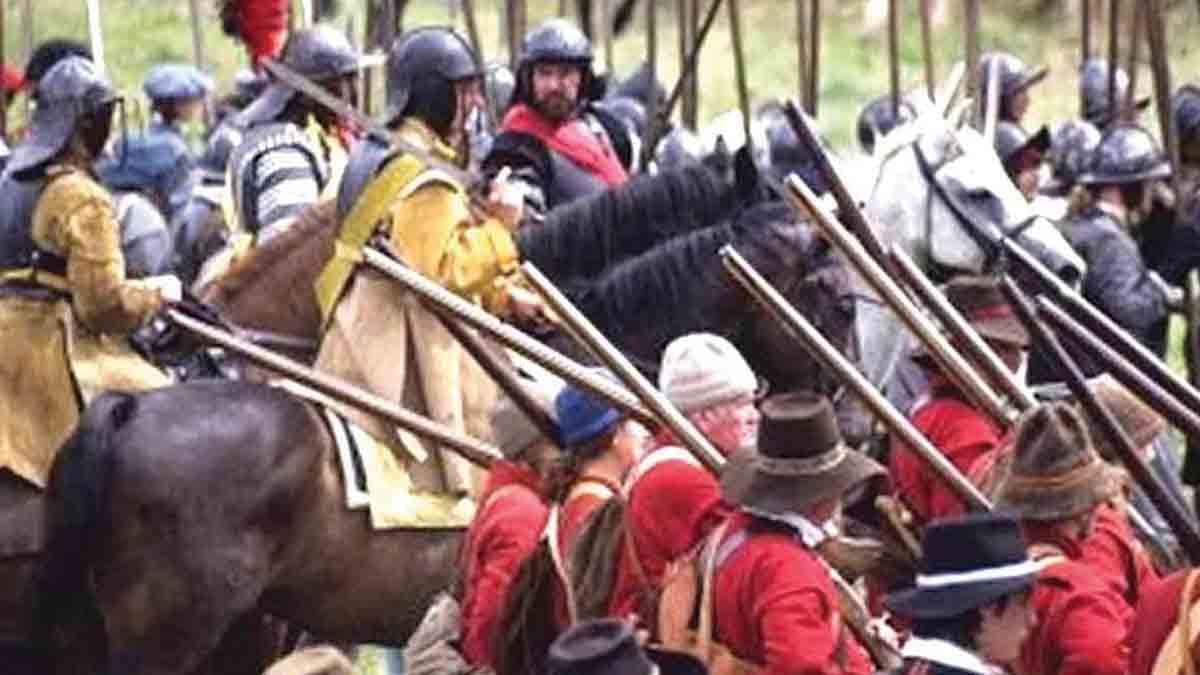BY JOHN FITZGERALD
Visit any city in Ireland and you’ll find people preaching in the streets, predicting doom and gloom, and, more often than not, the end of the world.
But alarmist visions of the future are nothing new. Quite a few ancient prophesies concern our neck of the woods.
Fifteen centuries ago, St. Columcille foretold that that a “red-haired man of Leinster” would play a prominent part in Ireland’s fight against British rule. We have no idea who the great patriot was. He could have been a pikeman who fought the redcoats in 1798, a member of an old IRA flying column in 1920, a Fenian activist, or just about any re-haired Irish rebel who took up arms in the course of eight hundred years or more of strife.
What is interesting about this prophecy is the reference to British rule in Ireland and the struggle for independence. Columcille made his prediction in the SIXTH century. But Britain’s involvement in Irish affairs commenced in 1169 after the Norman invasion-600 years later. Now there was a man of vision!
Another prophecy concerns Kilkenny, which was an ecclesiastical settlement, and not yet a town, in Columcille’s day. Yet he warned that the “town” of Kilkenny would be “laid in ruins” by an invading army and subjected to a cruel occupation.
In March 1650, Cromwell’s Roundheads bombarded the city and overwhelmed its garrison. In revenge for heavy losses sustained in the assault, Cromwell unleashed a brief reign of terror.
Troops roamed the streets of Kilkenny in search of monks, priests and other enemies of the Roundhead cause. Could Columcille have caught a glimpse of this savagery as he meditated on a wind-swept Scottish island so many years before?
A more bizarre prediction relates to a battle to be fought at a place in County Kilkenny called Cnock na Carriage- the Hill of the Rock. Some historians think this might be Ballykeefe Hill, situated in the parish of Ballycallan.
“The blood of the slain will sweep in a torrent”, the saint wrote “and turn the wheel of a nearby mill.” Such will be the carnage that “a raven perched on Dromseann-bho will slake its thirst on human blood.”
Dromseann-bho can be translated as the Back of the Old Cow. It is located near Cuffe’s Grange, between Callan and Kilkenny. The seer also mentioned that the fighting would spread to an area now known as Windgap, a few miles outside Callan.
Parts of this prophecy can hardly be taken literally, and the reference to the mill is obviously symbolic. But the problem for believers in psychic phenomena is that the battle predicted has not yet taken place. This could mean that Columcille got it wrong this time. Even a Saint can make mistakes.
But a nineteenth century essayist, John Dunne, quoted an unknown poet who believed the prophecy would be fulfilled:
“Ah! My long weary woe from war and its train: yet it’s not that of Cromwell that gives me most pain; Nor the war of King William in which thousands were slain; But oh the red torrents that reeking will flow; ‘Twixt Callan and Windgap that fills me with woe; Oh! Glenn-a-Smoil, last stage of the scene; No spring can restore the carpet of green.”
A chilling scenario, but most psychics are of the view that the future runs along parallel tracks. It may take any one of a number of alternative routes. So perhaps we can be grateful for the battle that never was.
Or has it yet to be fought?




















